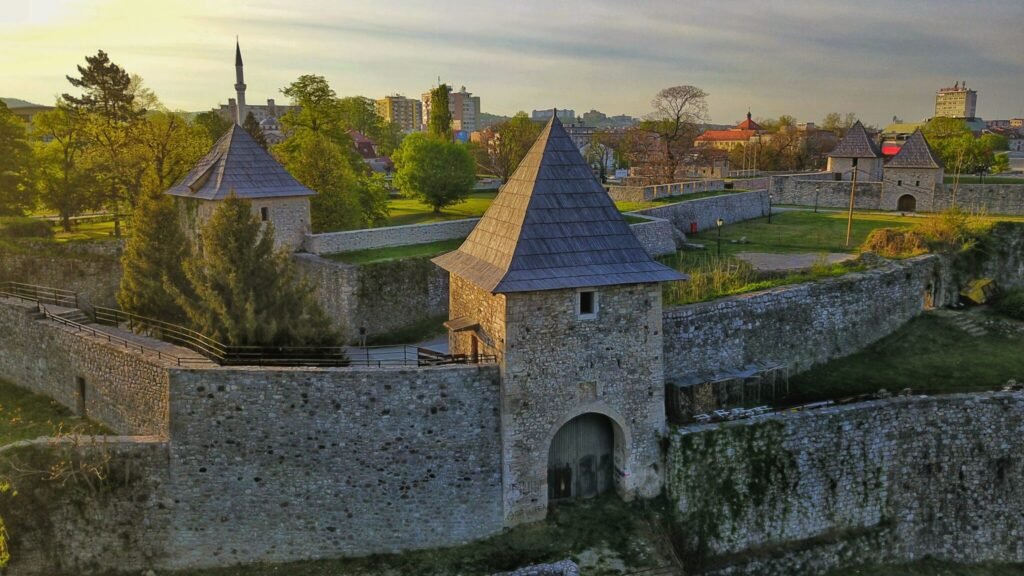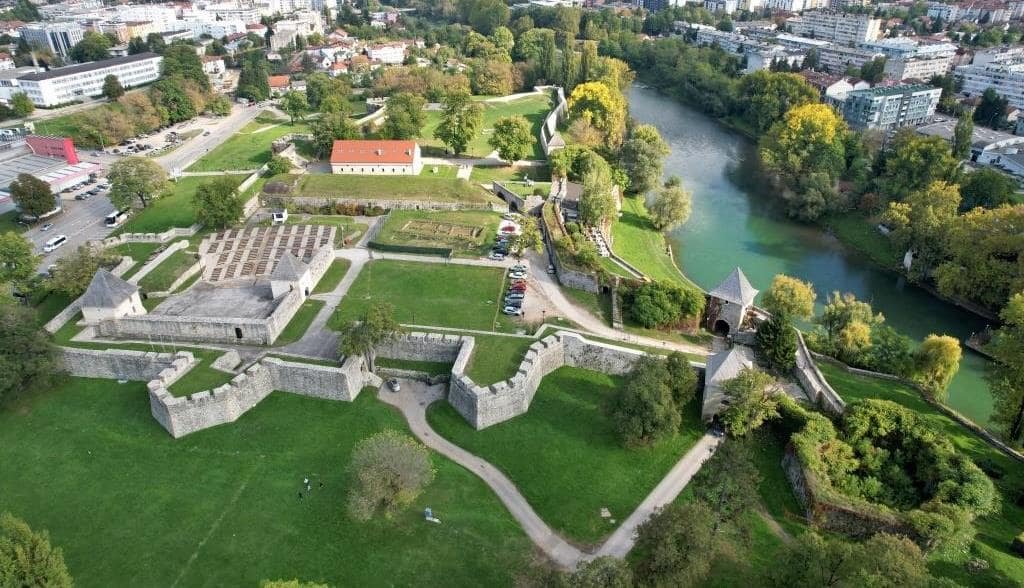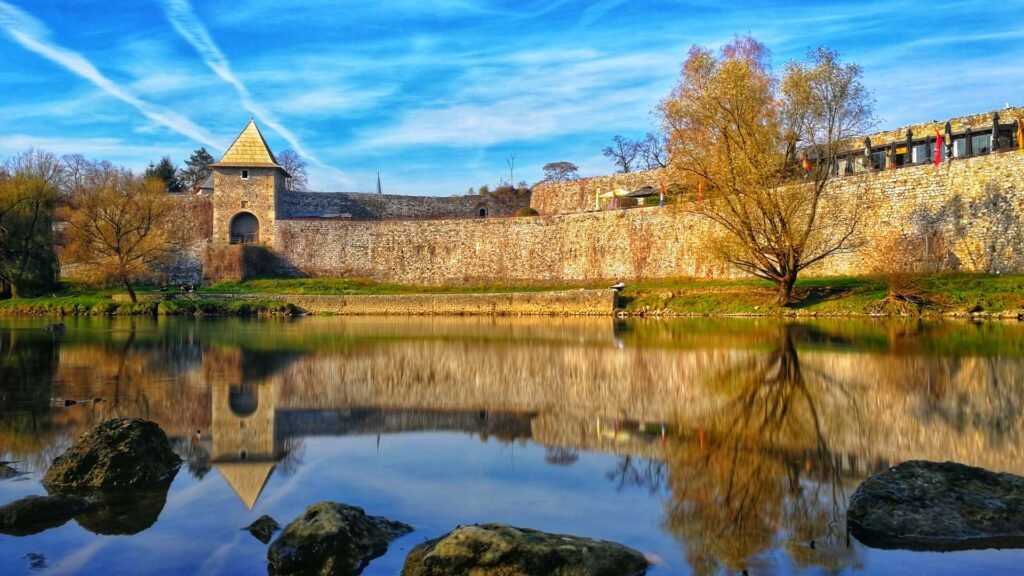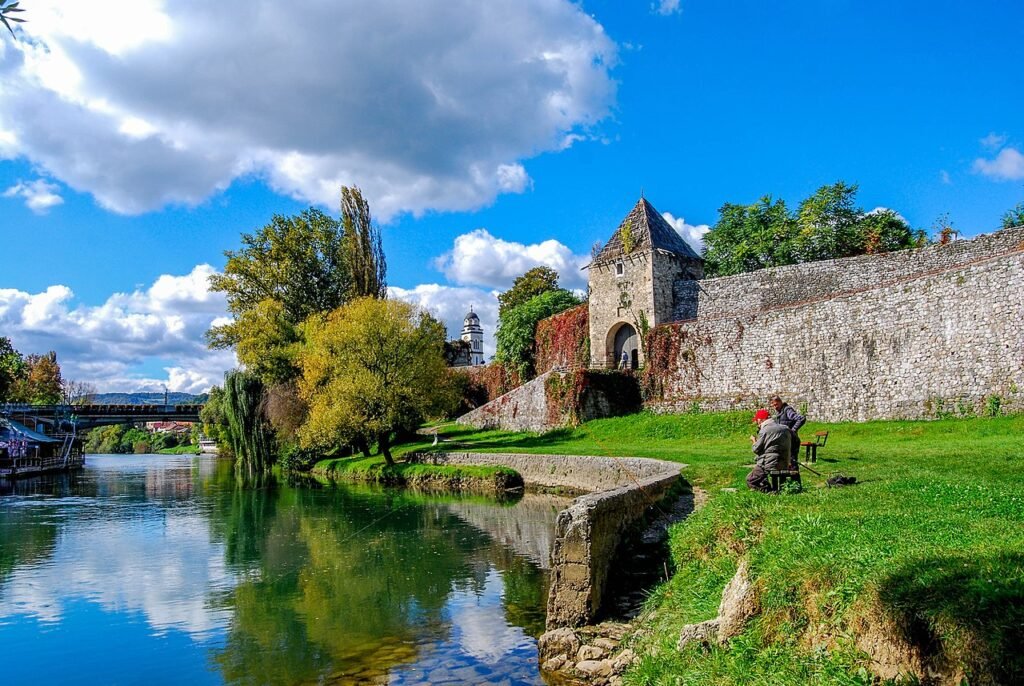Kastel Fortress is the oldest historical monument in the city of Banja Luka and represents one of the oldest buildings in Bosnia and Herzegovina.

The fortress is located in the central part of the city, which dominates the left bank of the Vrbas river. The oldest traces of settlements in the area of Banja Luka are the remains of a Neolithic castle settlement that was found in the area of the Kastel fortress.
There is little information about who built the original settlement at the place of today’s Kastel, and when, but according to many estimates, the Kastel fortress was most likely built by the Romans in the 3rd century, although some findings claim that the fortress was built later, i.e. in the 9th century AD.

Many circumstances point to the conclusion that the Roman settlement of Castra was located there. The Romans were exposed to frequent attacks by barbarian peoples, and they certainly had strong enough reasons to defend the road that passed through the Vrbas basin. These claims are supported by archaeological findings found in the area of today’s Kastel. A particularly important find is the ancient altar dedicated to the god Jupiter found in 1885. Also, the remains of a Slavic settlement from the early Middle Ages (from the 8th to the 12th century) were found on the territory of the fortress.

Ottoman and Austro-Hungarian times
Intensive construction of the Kastel began in the penultimate decade of the 15th century, during the Turkish occupation and the reign of Ferhad Pasha Sokolović, who built several other oriental-type buildings in addition to this fortification.
Since it lies at the confluence of the Crkvena and Vrbas rivers, two bridges were built from the fortress. Vrbas and Crkvena rivers were connected by a large moat, so the fortress was, at one time, a fortified island surrounded by the waters of two rivers.
On the walls of the fortress, there was also a large wooden lodge overlooking Vrbas, as well as several masonry buildings from the period when the Austro-Hungarian army was in the fortress. The fortress, as well as the city of Banja Luka, gained particular importance during the Austro-Hungarian-Ottoman wars as an important geostrategic center.
The fortress today
The appearance we find today, Kastel got during the 18th century, so the whole complex covers about 48,000 square meters.

Today, the fortress is surrounded by thick stone walls, and in its interior, in addition to the summer stage, children’s playground, and national restaurant, there is also a Stone House that functions as a gallery.
The area of the fortress is also a rich archaeological site, where the remains of a Neolithic settlement were discovered. In addition, Kastel is an ideal place for walking and resting. Kastel has no shortage of entertaining events, so a large number of music concerts and plays are held on the summer stage throughout the year. So, if your visit to Banja Luka wouldn’t be complete without seeing this beautiful fortress.
Visit our social media profiles as well:
